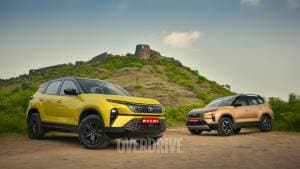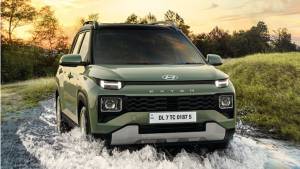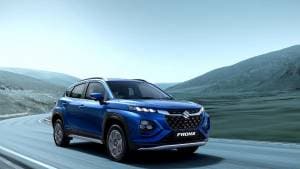In conversation with: Rajendra Petkar on Tata Motors' connected vehicle platform
Tushar Burman, editor of Tech2, caught up with Rajendra Petkar, chief technology officer at Tata Motors to get insights on the brand's newest play in the connected vehicles sphere
On Tata Motors' connected vehicle platform
There are two parts to the architecture of the connected vehicle platform. The first is traditional, accounting for connectivity within the vehicle environment. An example would be when you access infotainment in a car via your mobile phone. The second part, which is now becoming more and more important, and what we call modern-day connectivity, is related to external connectivity. This means that the vehicle will have a connection to the external ecosystem, the external environment. And that throws up several applications, whether it is for a regular passenger vehicle, an electric vehicle or a commercial vehicle. When we talk about external connectivity then, a lot of opportunities open.
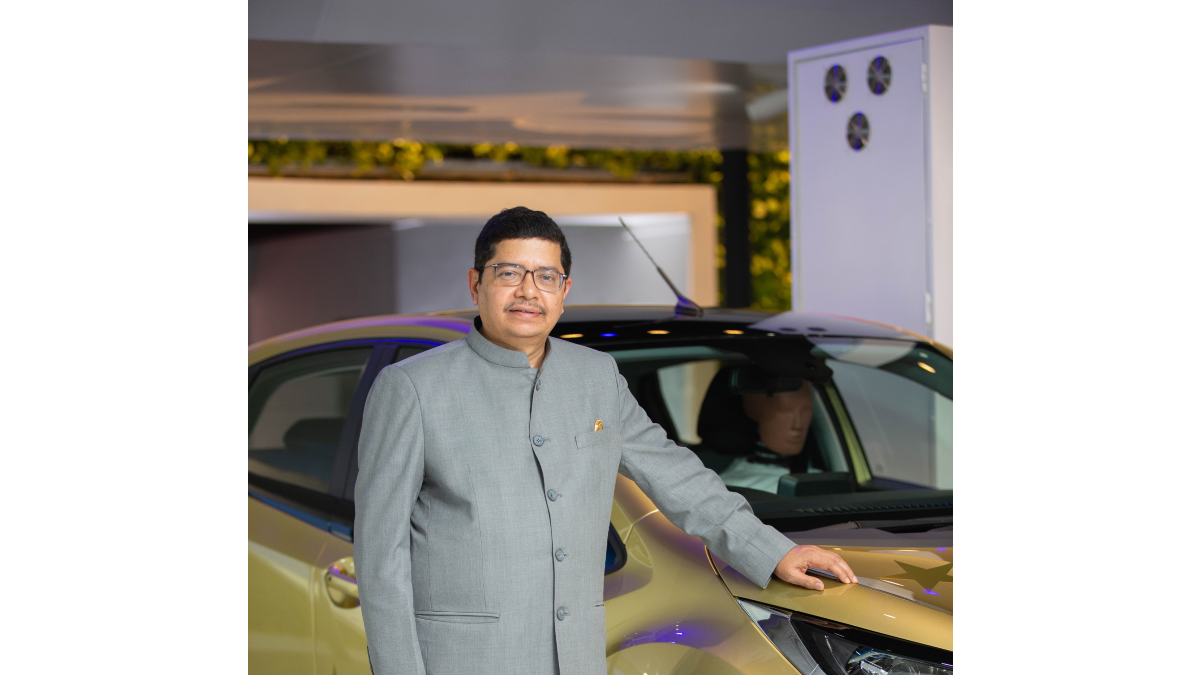
On connectivity becoming a differentiator in the automotive sector
Connectivity is now emerging as a key differentiator when it comes to products like automobiles. The importance of connectivity was not well understood or appreciated earlier, but it is important to look at the rate at which the adoption of connected vehicles is happening in the country in the last two to three years. This can largely be attributed to the younger population, people who would like access to technologically advanced products, have similar connectivity experience expectations inside and outside the car ,and this preference shift has primarily provided us with numerous opportunities in terms of the growth of connected vehicle technologies within the automobile sector. If we look at the time before the advent of connected vehicles, everything happened manually, but the fact that we now possess internet connectivity means that you can now look at a vehicle as if it's a mobile device. Therefore, it's no wonder that we can create applications specific to the given usage of a vehicle, to make it wholly personalized. We have a plethora of applications which go hand-in-hand with private or individual vehicles, and other commercial applications suited especially for commercial vehicles. Many opportunities open as far as commercial vehicle applications are concerned, in terms of safety during usage, ensuring the right level of productivity, and an enhanced earning capability.
The move towards connected vehicles is part of a global megatrend and India has been very quick to adapt to it. In order to capitalize on this trend and leverage the technology for the benefit of our customers, we developed Tata Motors' own in-house connected vehicle platform. For passenger cars, the Nexon EV was where we started introducing connected features, and what we have seen thereafter is a significant amount of interest coming from the buyers. Evidently, what at one point of time was only a niche requirement has now become a mainstream ask from consumers.
 The Tata was the first Tata product to feature connected-car technology
The Tata was the first Tata product to feature connected-car technology
On 5G revolutionizing in-car connectivity
5G promises to further revolutionize connectivity. And that's purely because of what 5G offers compared to 4G offers, in terms of the time that it takes to transmit and buffer information. Secondly, the speed that it offers is more than 100 times the speed we usually get in 4G. It can handle a much larger volume of data and transmit it much more reliably than a 4G network. All these three parameters are extremely important for taking connectivity to the next level. This, coupled with edge computing both at the device and at cloud, provides significant opportunities to create applications in multiple spheres, and consequently in the automobile sphere as well.
There are three clear cut areas when it comes to the automobiles where 5G acts as a big enabler. First, in terms of the enhanced infotainment feature function abilities it provides. Second, in terms of facilitating the vehicle's external communication, what we call a C-V2X. And number three, in the area of telematics, which actually can help to significantly improve the safety aspect in vehicles and help us move towards a fully autonomous kind of vehicle operation which requires real time vehicle connectivity and computation.
On synergies within the Tata Group in connected vehicle technology
So, when it comes to the homegrown development of connected vehicle platform, we have leveraged the strength of our group of companies. The whole connected vehicle platform is a multi-layered system, which has a basic layer which is about in-vehicle electronics and is all about sensors and actuators. The second layer talks about connectivity and data transfer, the third layer is about the 'Internet of Things,' where all the information resides and is processed. Layer four is about data analytics and the hosting of applications from the point-of-view of the end customer.
We have had a very close collaboration within the Tata group. We are working closely with Tata Elexsi for internet-related concerns and the IoT hub. We have a collaboration with Tata Communications for data communication, where we have embedded sims to transmit data and information. The strength we are leveraging from the Tata group companies has given us an enormous advantage as the complete data ownership is with Tata Motors. The whole platform is cloud-agnostic and vendor-agnostic. It is capable of hosting applications from different vendors, and therefore it allows us to develop key use case applications, which are extremely important from the end-user point of view, whether it is an Indian individual vehicle owner like the passenger car, or if it is a fleet vehicle operator of trucks or buses.
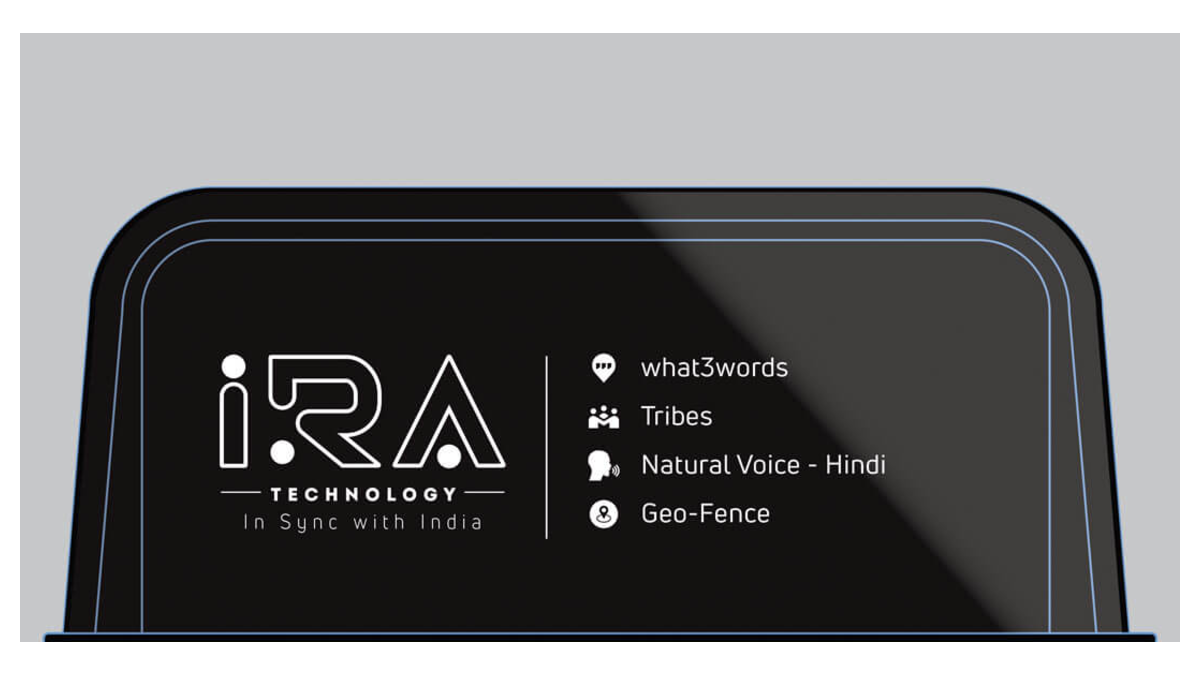
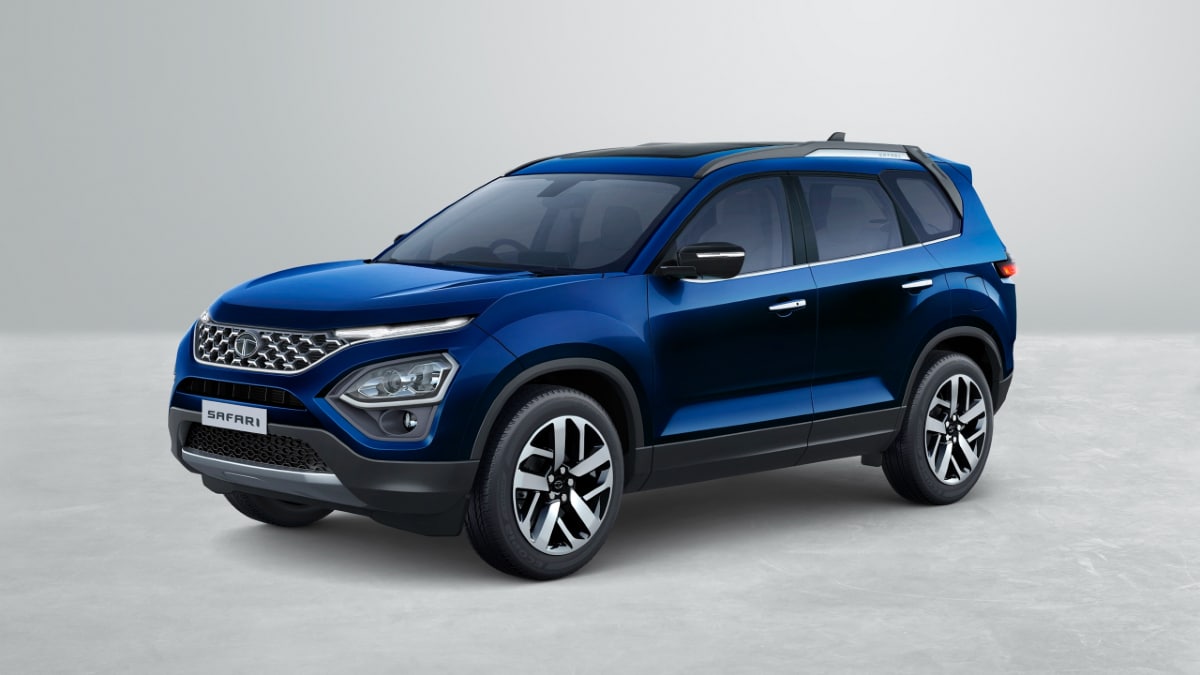 The new Safari brings the iRA suite of connected car features
The new Safari brings the iRA suite of connected car features
On challenges in vehicle connectivity
When you transit from place to place, there is always the challenge of seamless connectivity. When the vehicle is located, let's say in the basement area, it can be very difficult to get connectivity. So, the challenges are there but there have been strategies which will work around it. Not that it can 100% handle situations, but the platform we have developed has taken into consideration these corner cases to ensure better customer experience. However, if there is no signal, Wi-Fi or any other kind of connectivity, there will be no connectivity applications. Then, of course, this whole application will not work, so yes it all depends on the infrastructure as well, equally.
On upcoming products on the connected vehicle platform
Yeah, our cars are already enabled with the connected vehicle platforms. So far, Nexon EV, Nexon ICE, Harrier, and the trucks are today on the connected vehicle platform, under the brand name of Fleet Edge. There are going to be more applications, and variants are going to have the connected vehicle feature as a very standard offering from Tata Motors. We aim to have connected vehicle features on all applications of Tata Motors whether it is a small commercial vehicle or a big truck. There is always going to be a good use case from the Indian consumer from the buyers' point of view.
Starts Rs 13.99 Lakhs
-NA-
Automatic
129
245
-NA-
